Hanoi Ceramic Mosaic Mural or Hanoi Ceramic Road is a ceramic mosaic mural along the walls of the Red River dike system in Hanoi. With walls covered with mosaic images representing Vietnamese history, culture, and tradition, this is not only a gate into the discovery of Vietnam and its people but also an unbelievable and delicate artwork. Nowhere in the world can tourists find such ceramic road that is as long, beautiful and culturally based on this.
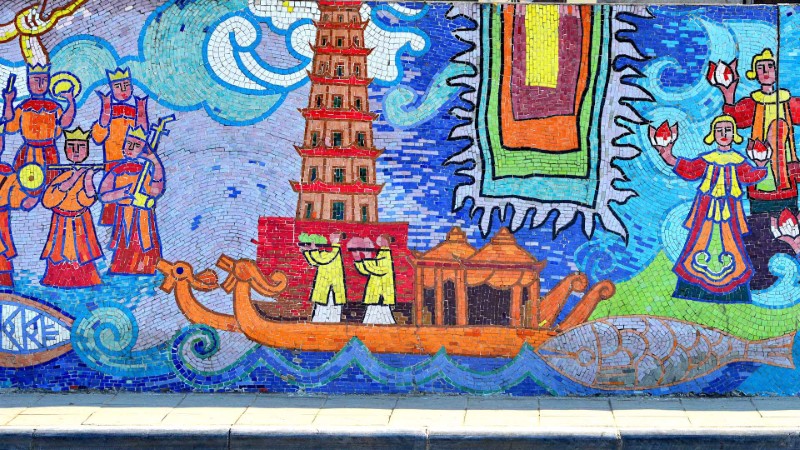
There are many colorful and meaningful pictures drawn by children were chosen to make Hanoi Ceramic Mosaic Mural
The road is one of the major projects that were developed on the occasion of the 1,000th anniversary of Thang Long, Hanoi
The World’s largest ceramic mosaic – Hanoi Ceramic road
Table of Contents
The ceramic extends 3.85 kilometers along the dike of the Red River and is listed in the Guinness Book of World Records as the ‘World’s largest ceramic mosaic’ in 2010. The idea of decorating the road with ceramic originated from the journalists Nguyen Thu Thuy, who won a prize in Hanoi architecture contest for her idea of transforming the dike system into a ceramic mosaic.
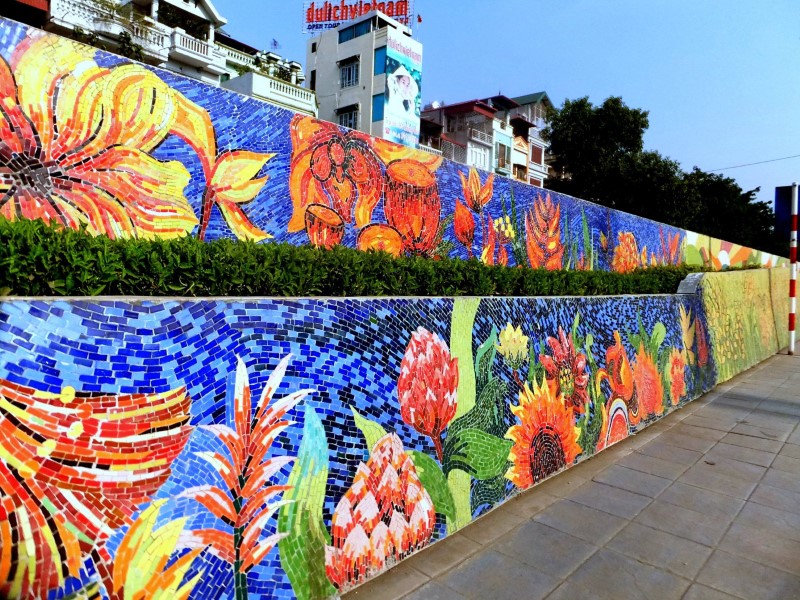
The Ceramic Road helps create a new image for Hanoi
The work of decoration began in 2007 for the dike wall which runs along the road of Au Co, Nghi Tam, Yen Phu, Tran Nhat Duat, Tran Quang Khai and terminates at the pier of the Long Bien Bridge. The Ceramic Road was completed in 2010 to commemorate the Millennial Anniversary of Hanoi in October 2010. After four years of decorating, the visually unappealing cement dike was transformed into a public work of art with colorful pieces of ceramic.
At night the ceramic road becomes sparkling in the light of thousands of traveling vehicles
>>> Check out 20+ Top things to do in Hanoi – 2019 Hanoi bucket list
Participating in the work of decoration are not only Vietnamese artists but also foreign embassies and cultural centers in Hanoi such as the Goethe-Institute, Alliance Francaise, British Council, and other cultural centers. The mosaic wall mural is made from ceramic tesserae which are the product of Bat Trang, a nearby village famous for its Bat Trang porcelain.

Artists put together ceramic pieces on the wall by hand
The content of the mosaic represents the decorative pattern from different periods in the history of Vietnam: Phung Nguyen culture, Dong Son culture, Ly Dynasty, Tran Dynasty, Le Dynasty, Nguyen Dynasty. Also incorporated on the wall are traditional architectural designs of Vietnam’s 54 ethnic groups, modern artworks, paintings of Hanoi and children’s drawings.
Part of the ceramic mural illustrating drawings made by children
- Part A1 (at the intersection of Chuong Duong Bridge): a mural of the flow of history from the era of Dong Son to dynasties of Ly, Tran, Nguyen, Le.
- Part A2: a mural of Vietnam’s 54 ethnic groups.
- Part A3: children’s drawings based on the theme of “Hanoi – the city for peace”.
- Part A4 to A9: modern arts of Vietnamese and foreign artists.
Now instead of worn-out and tedious road-trip along the Red River, people can travel with joy and delight while looking at colorful and well-designed walls on the road. Tourists can stop by, take a walk and take pictures along the way.
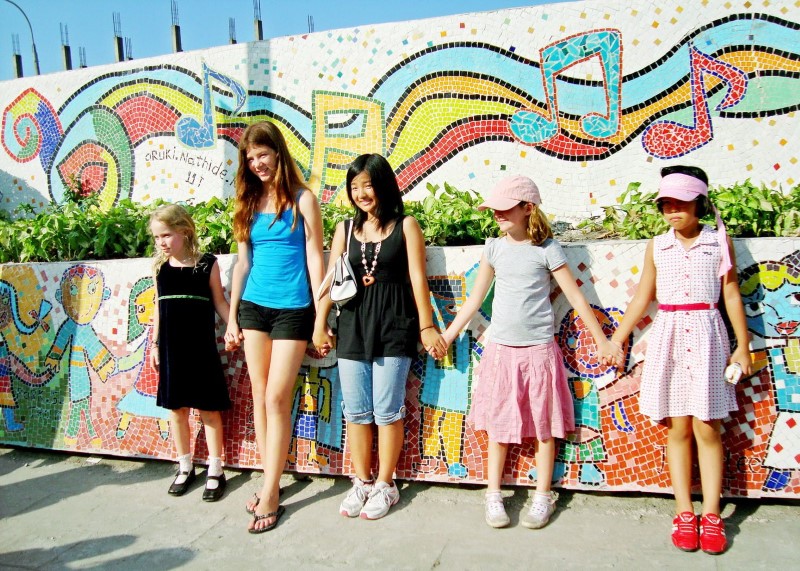
Foreign tourists taking pictures on the Ceramic Road
Hanoi Ceramic Mosaic Mural map
The road is from An Duong border gate on Yen Phu Street to Van Kiep border gate.
Recommended time
If you want to enjoy the atmosphere of the morning Hanoi and get some sunrise photos on Long Bien Bridge, please come here around 6:00 am.
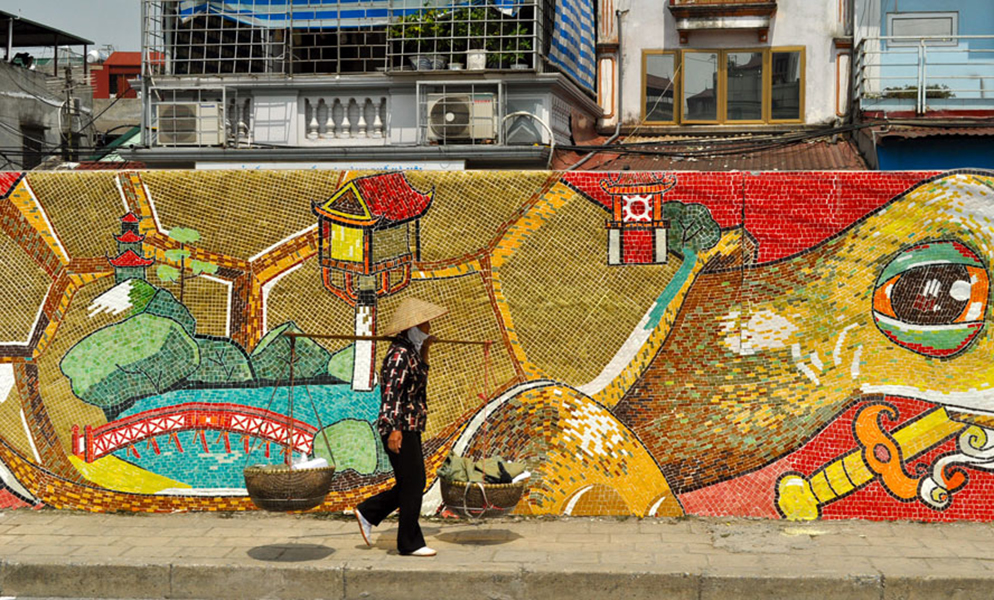
However, if you are a night-life person, you can join the cool atmosphere here around 19:00 and then go to get some beers on Ta Hien Street.
Regarding transportation, it is a 15-minute ride by car from Hoan Kiem Lake and there is also bus no.55A that can take you there. After visiting the Ceramic Road, tourists can come by Long Bien Bridge, a historical cantilever bridge across Red River.

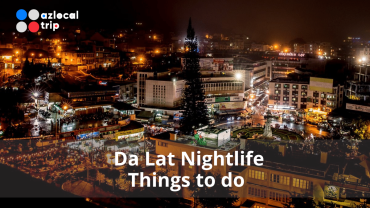







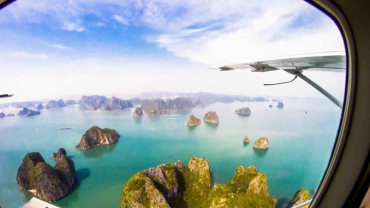

Comment (0)